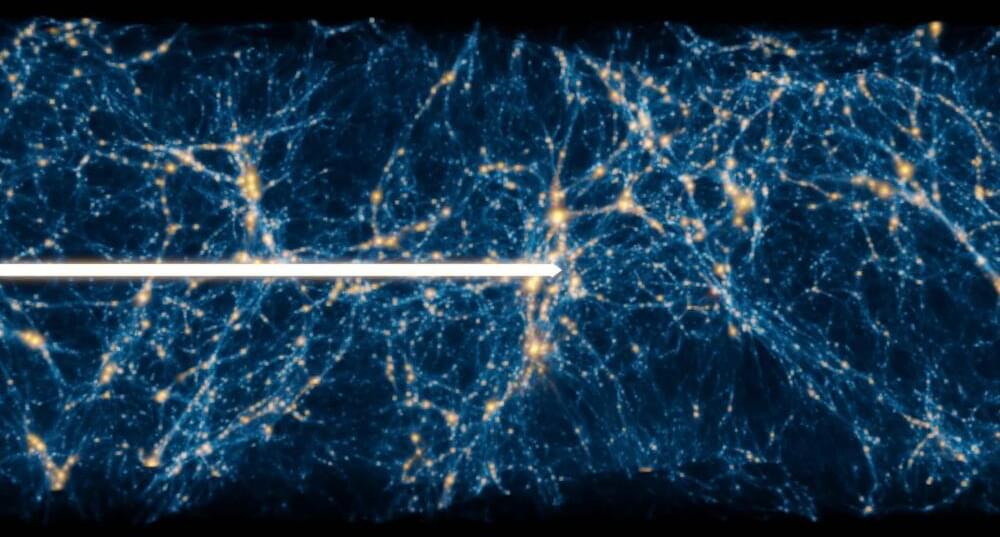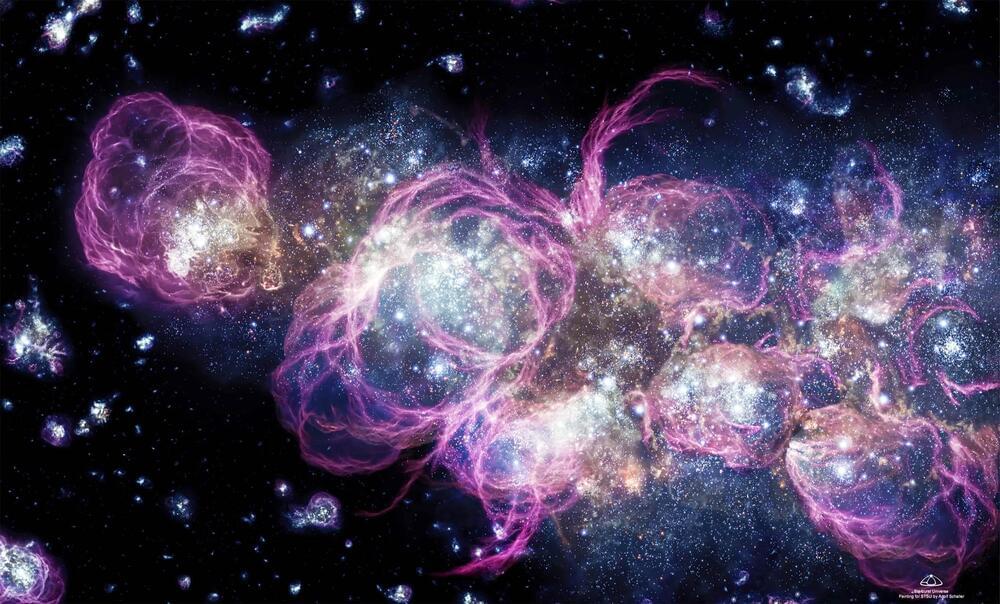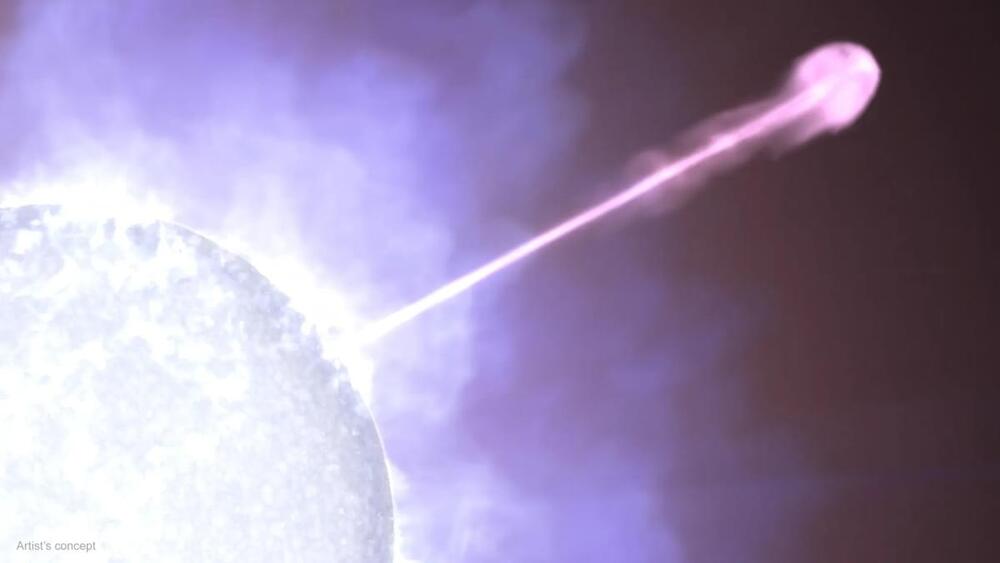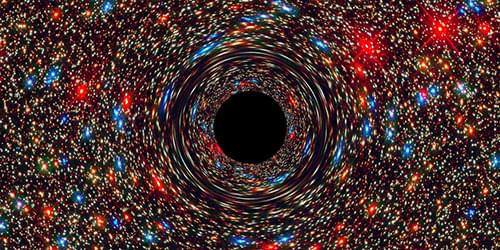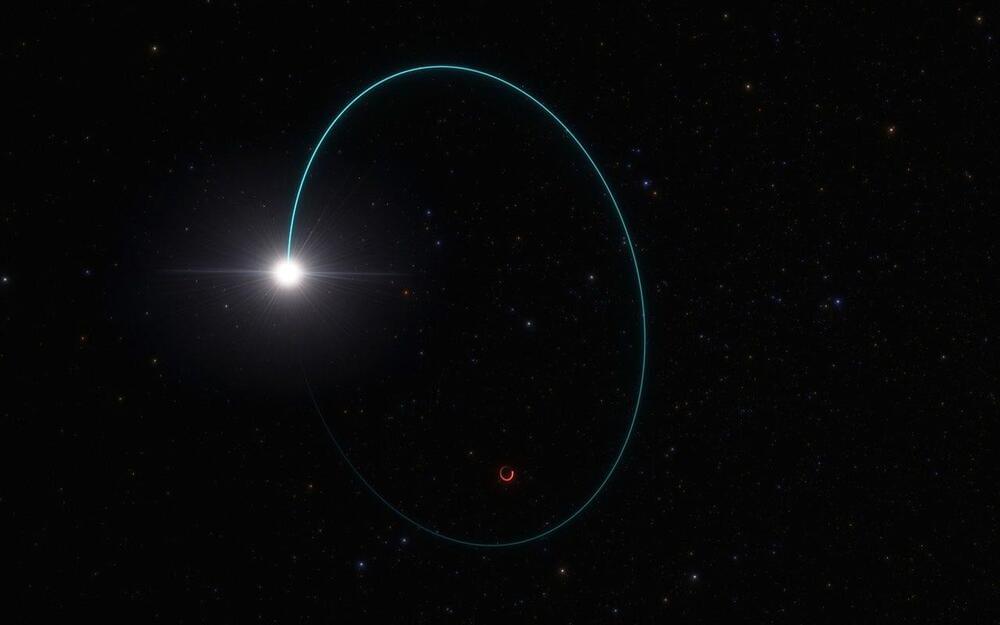Official trailer for HUXLEY: THE ORACLE, the next prequel story in Ben Mauro’s post apocalyptic sci-fi universe! The Oracle Empire is at the height of its power, Max is a young recruit in the Ronin army sent out on an important mission deep into the wasteland with his team. What they discover could change the course of history forever. The AI wars have begun. Directed by Syama Pedersen of ‘ASTARTES’ Warhammer 40k and the renown UNIT IMAGE animation studio, dive deeper into the world of HUXLEY in this exciting new story.
If you would like to know more, read the original graphic novel and the new Oracle prequel book that tells the story glimpsed in the trailer. Available worldwide for pre-order from Thames \& Hudson. https://vol.co/collections/the-oracle.
Official site: https://www.huxleysaga.com
